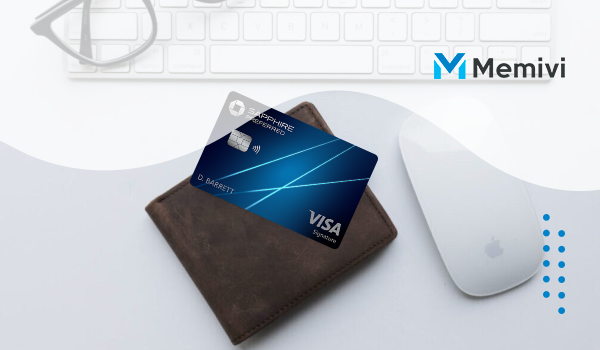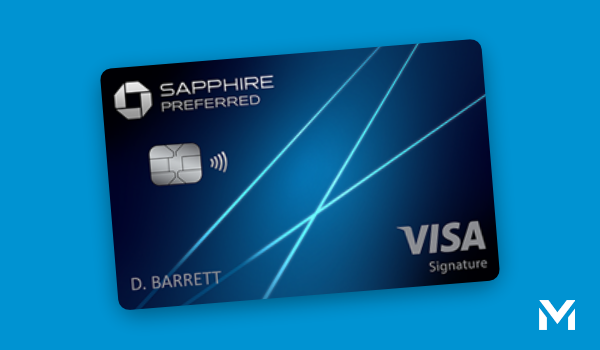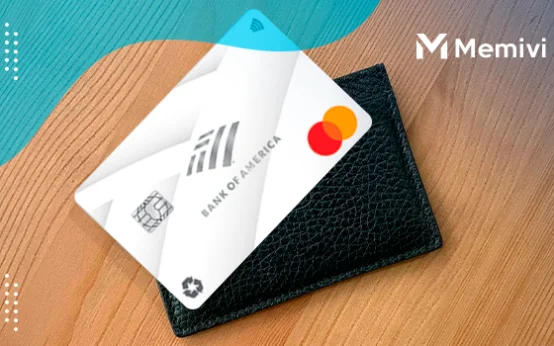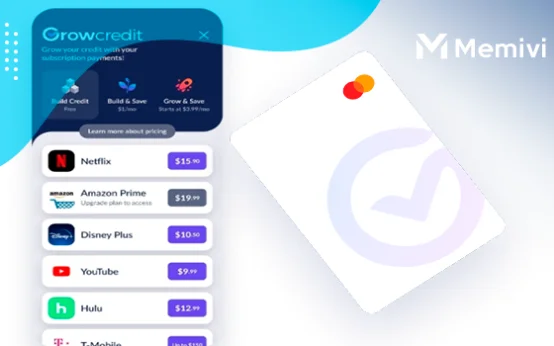
Practical Guide to Using the Chase Sapphire Preferred Card
Getting the most out of this card begins with knowing how to navigate the Chase Ultimate Rewards platform. Here’s a practical breakdown:
1. Activate Your Bonus Strategically: Once approved, cardholders typically earn a generous welcome bonus if a specific spending threshold is met within the first three months (e.g., 60,000 points after $4,000 spent). Time major purchases—flights, furniture, insurance payments—to coincide with this window.
2. Book Travel Through the Ultimate Rewards Portal: Points redeemed through the Chase portal are worth 25 percent more. A $500 airfare costs only 40,000 points rather than the standard 50,000.
3. Combine Points Across Accounts: If you have another Chase card, such as the Freedom Unlimited or Ink Business Preferred, you can combine points into one account for more powerful redemptions. Points from no-annual-fee cards become more valuable when funneled through the Sapphire Preferred account.
4. Transfer Points When Strategic: For seasoned travelers, transferring points to airline or hotel partners can provide outsized value. For example, converting 20,000 points into a Hyatt stay might yield a room that costs $350 cash—a much better rate than using the points through Chase directly.
5. Use the Card Abroad: There are no foreign transaction fees. Combined with travel protections, it becomes a reliable option for international trips.
Lesser-Known Features and “Hacks”
Here are some advanced ways to unlock more value:
- Use for Airbnb or Cruise Bookings: Some portals don’t count as “travel” under general definitions, but Chase often classifies these as travel expenses, qualifying for 2x points.
- Pay Yourself Back: Temporarily, Chase allows redemption of points for certain categories like groceries or dining at an elevated value—similar to travel redemptions.
- Pool Household Points: Authorized users in your household can transfer their points to you, centralizing redemption strategies.
- Book Travel for Others: Booking travel through your account for family or friends lets you earn points on their spend while they pay you directly.
- Buy Discounted Gift Cards: Ultimate Rewards often provides a discount on gift cards, giving you better than 1 cent per point in redemption value.
FAQ: Questions Most People Don’t Ask
1. Can I downgrade the card without losing points?
Yes, you can downgrade to a no-annual-fee Chase Freedom card and retain your points, though you’ll lose the 25 percent bonus on travel redemptions.
2. Are there blackout dates when using points for travel?
Not when booking through the Ultimate Rewards portal. Availability mirrors real-time airline and hotel inventory.
3. What counts as “travel” for the 2x bonus?
It includes flights, hotels, car rentals, tolls, parking garages, buses, and even some rideshare services.
4. How long do points take to post after purchases?
Typically 1–2 days after the charge posts, though some bonus categories may take longer during promotional periods.
5. Can I redeem points for cash back instead of travel?
Yes, but cash back is at a lower rate—typically 1 cent per point—compared to 1.25 cents for travel through the portal.
6. Will my points expire?
Not as long as your account remains open and in good standing.
7. Are lounge passes included?
No. For lounge access, consider the Chase Sapphire Reserve.
8. Does primary rental car insurance apply outside the U.S.?
Yes, in most countries—but always check country exclusions before renting.
9. Is it better for international or domestic travel?
Both. However, the lack of luxury perks like lounge access makes it better suited to value-conscious travelers rather than premium-focused ones.
10. Can I use the card for business expenses?
Yes, but for dedicated business use, a card like Chase Ink Preferred may be more appropriate.
How to Maximize Long-Term Value

The true value of the Chase Sapphire Preferred emerges when paired with an intentional rewards strategy. Here’s how to keep your returns strong year after year:
- Rotate Bonus Categories with Partner Cards: Use a Chase Freedom Flex or Chase Ink card to earn 5x points in quarterly categories, then transfer those to your Sapphire account for enhanced redemption value.
- Track Partner Transfer Promotions: Occasionally, Chase offers a 30 percent bonus for transferring to specific programs. Signing up for alerts can help you catch these rare deals.
- Book Through Transfer Partners for Premium Seats: Airline transfer partners like Virgin Atlantic or Air France Flying Blue sometimes offer business class redemptions at excellent value—far exceeding the 1.25 cents per point you get in the portal.
- Monitor Category Changes: Chase occasionally updates how transactions are categorized. Staying current ensures you maximize bonus rewards.
- Review Statement Offers and Chase Offers: These limited-time cash back or point bonus promotions can add unexpected value, especially when used at everyday retailers or restaurants.
Alternatives and Complementary Solutions
While the Chase Sapphire Preferred is strong, it’s not the best fit for everyone. Consider these alternatives based on your spending profile:
- Capital One Venture Rewards Credit Card: Ideal for users who prefer flat-rate earning (2x on everything) and easier redemption via purchase eraser.
- American Express Gold Card: Better for those who spend heavily on dining and U.S. supermarkets (4x points in both categories), though it comes with a higher $250 annual fee.
- Citi Premier Card: Offers 3x points on travel (including gas stations), making it better for drivers and road trippers.
For complementary use, pair the Sapphire Preferred with a no-annual-fee Chase Freedom Unlimited, which earns 1.5 percent cash back on all purchases and up to 5 percent on select categories—boosting your points strategy.
Final Thoughts: Why to Apply?
The Chase Sapphire Preferred Card remains a leader in the mid-tier travel rewards category. It doesn’t offer the luxury of high-end travel cards, but that’s also the appeal—it delivers exceptional core value without the overhead.
For travelers who want flexibility, dependable point value, and solid protections, it’s one of the most well-balanced options on the market.
More importantly, it’s versatile enough to evolve with your financial strategy. Whether you’re just entering the travel rewards space or looking to optimize an existing ecosystem, this card will likely hold its place in your wallet for years to come.



 U.S. Bank Cash+ Visa Signature Card Review <p class='sec-title' style='line-height: normal; font-weight: normal;font-size: 16px !important; text-align: left;margin-top: 8px;margin-bottom: 0px !important;'> The U.S. Bank Cash+ Visa Signature Card is packed with features designed to provide exceptional, personalized value and a user-friendly experience. </p>
U.S. Bank Cash+ Visa Signature Card Review <p class='sec-title' style='line-height: normal; font-weight: normal;font-size: 16px !important; text-align: left;margin-top: 8px;margin-bottom: 0px !important;'> The U.S. Bank Cash+ Visa Signature Card is packed with features designed to provide exceptional, personalized value and a user-friendly experience. </p>  BankAmericard Credit Card Review <p class='sec-title' style='line-height: normal; font-weight: normal;font-size: 16px !important; text-align: left;margin-top: 8px;margin-bottom: 0px !important;'> This card is all about giving you the breathing room you need to make real progress on your financial goals. </p>
BankAmericard Credit Card Review <p class='sec-title' style='line-height: normal; font-weight: normal;font-size: 16px !important; text-align: left;margin-top: 8px;margin-bottom: 0px !important;'> This card is all about giving you the breathing room you need to make real progress on your financial goals. </p>  Grow Credit Mastercard Review <p class='sec-title' style='line-height: normal; font-weight: normal;font-size: 16px !important; text-align: left;margin-top: 8px;margin-bottom: 0px !important;'> Grow Credit offers a straightforward and accessible path to building a positive credit history, one monthly subscription at a time. </p>
Grow Credit Mastercard Review <p class='sec-title' style='line-height: normal; font-weight: normal;font-size: 16px !important; text-align: left;margin-top: 8px;margin-bottom: 0px !important;'> Grow Credit offers a straightforward and accessible path to building a positive credit history, one monthly subscription at a time. </p>